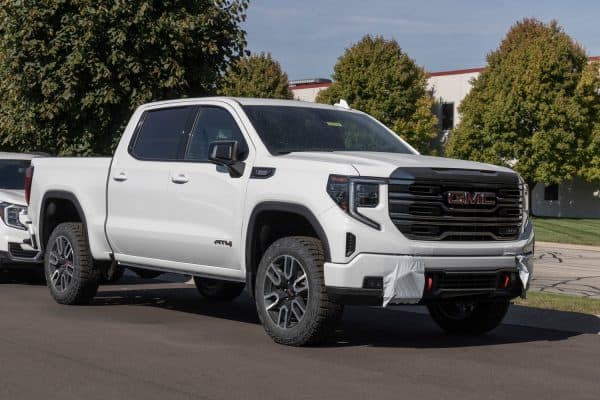Driving a truck can be more challenging than intended if it binds as it turns or goes in reverse. So why are these events happening? We researched this concern and consulted with different experts to give you the following answer.
A truck might bind during turns and reverses because the 4x4 mode is active. Otherwise, an underlying issue, such as a bad or misaligned U-joint, is causing the problem.
Once you find the cause of the binding, make sure to use the appropriate measures to solve that issue. So continue reading as we tackle some possible solutions to help restore the normal functions of your truck’s brakes. We'll also discuss the potential culprits of this concern in greater detail.
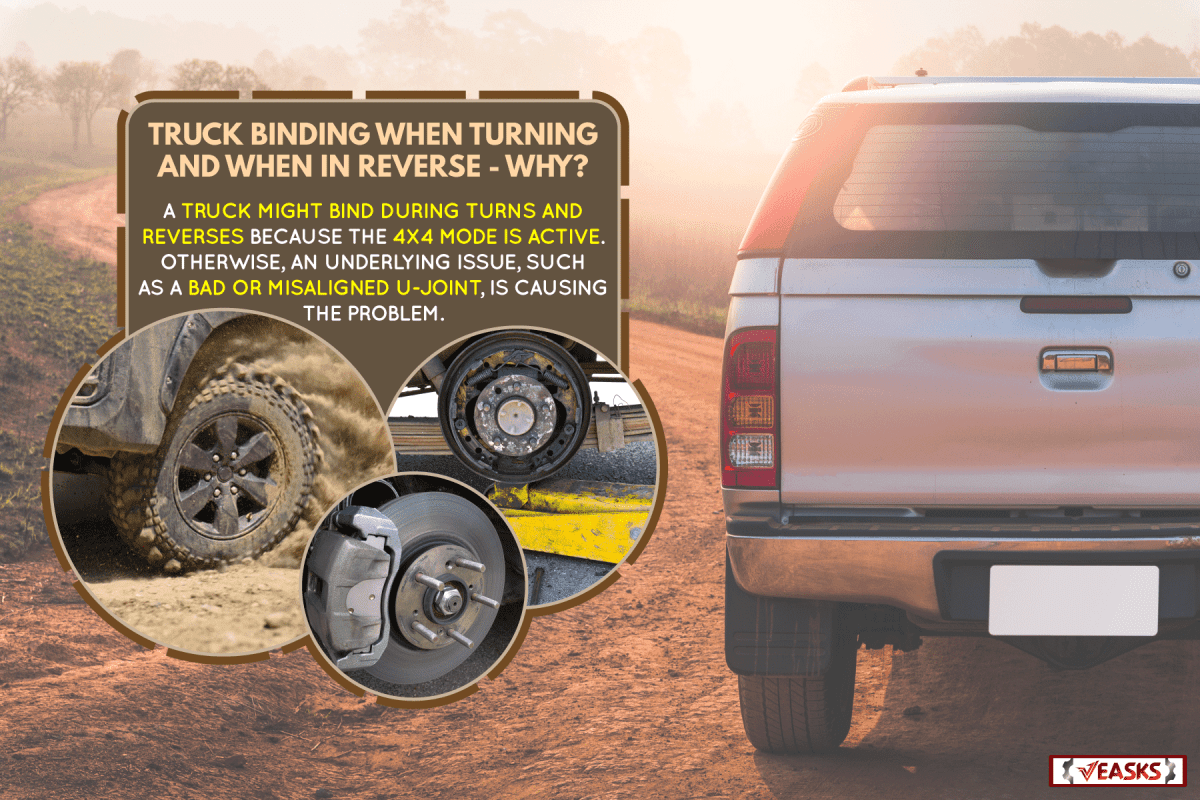
What Does Binding Mean?
Binding happens when vehicles, including trucks, have their brake pads become sticky. These assemblies don’t release properly, making them feel like they bind with nearby parts. Binding can happen during different instances, including turning or reversing your truck.
What Causes Truck Binding When Turning And Reversing?
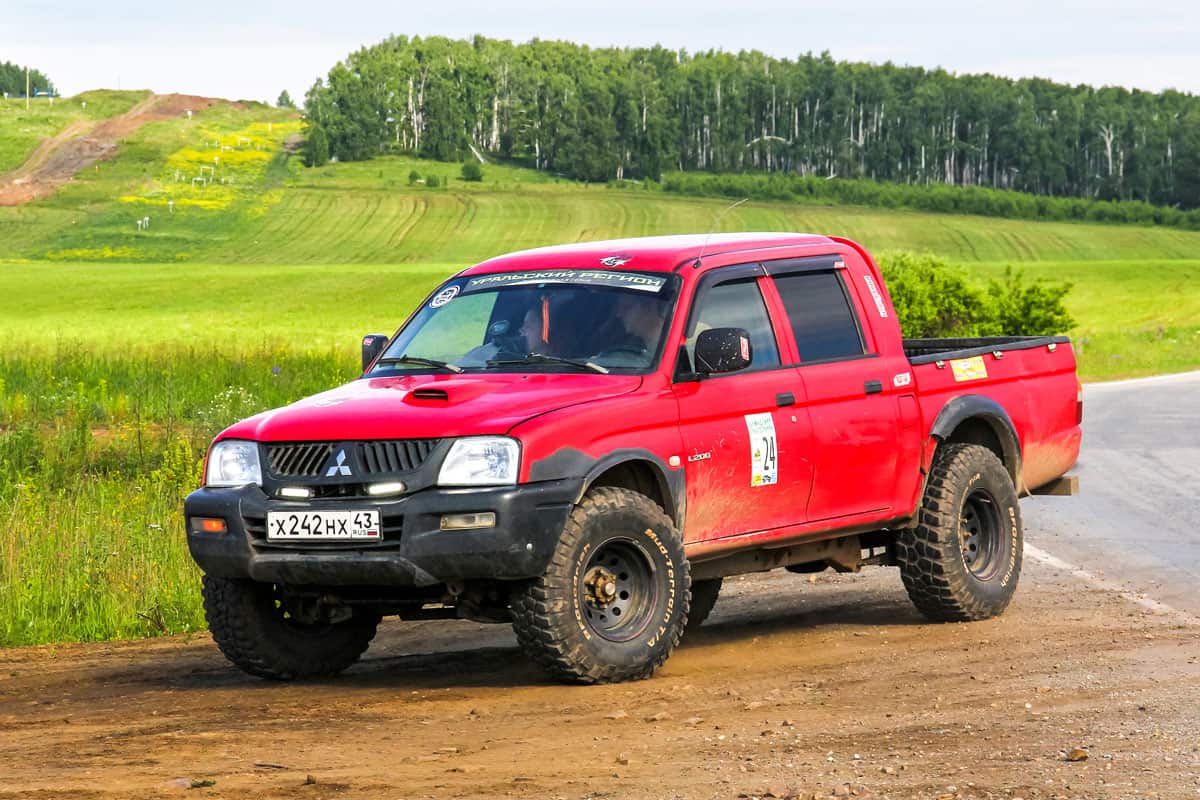
Bear in mind that understanding the possible causes of a truck’s brakes binding during turns and reverses may help you save time, money, and effort for repairs and part replacements.
Active 4x4
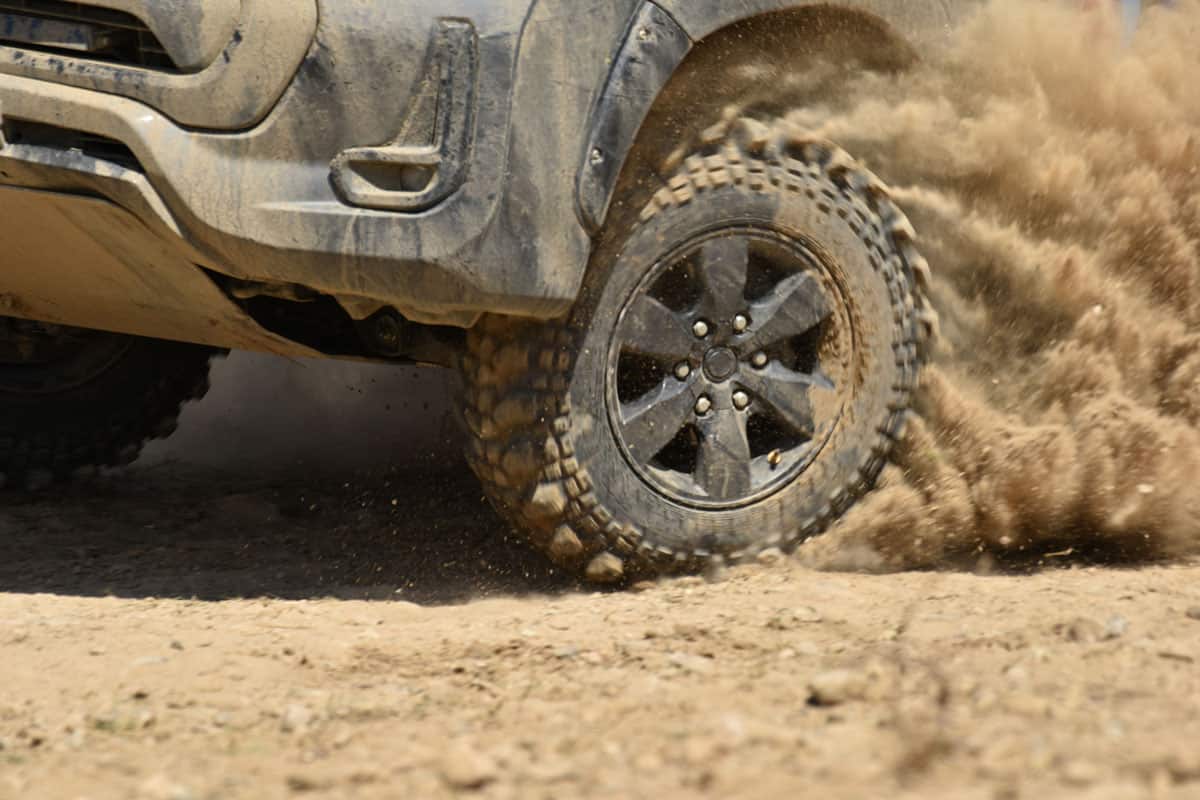
Also called 4-wheel drive (4WD), the 4x4 mode in certain truck models allows the vehicles to exert additional power and traction to pass through terrains. It can be a useful feature when going through rough surfaces, such as mud and rocks.
However, activating the 4WD or 4x4 on a truck can also bind the brakes. It makes the brake system stickier than usual, particularly during turns and reverses. This effect may take some getting used to, but it shouldn’t be a major cause of concern.
Bad U-joints
If the 4WD or 4x4 mode isn’t active, and the brakes on your truck are binding, it could mean that your vehicle has faulty U-joints. Also called universal joints, these connectors allow the drive shafts of trucks and other vehicles to move with the suspension's motion. The joints also help shorten or lengthen drive shafts, allowing vehicles to supply sufficient movement and power to connected parts.
Take note that a failing U-joint can be the precursor to different problems for your vehicle, including binding the brakes on your truck when you turn it. Some of the relatively common causes of U-joint failure are:
- Corrosion
- Sudden mechanism backlash
- Unwanted friction and/or heat
- Everyday wear and tear
Misaligned U-joints
If the U-joints didn’t fail, the binding might be from their axles raising the assembly to different angles. These instances often occur as you turn your truck. But the axles can also lower, rotating the U-joints downward and misaligning them in other directions.
Take note that you shouldn’t force your truck to run if your troubleshooting efforts identify the misaligned U-joints to be the culprits of the issue. Otherwise, adding continuous pressure to the misalignment may worsen the conditions of the axles and/or their springs.
How Do I Fix My Truck Binding?
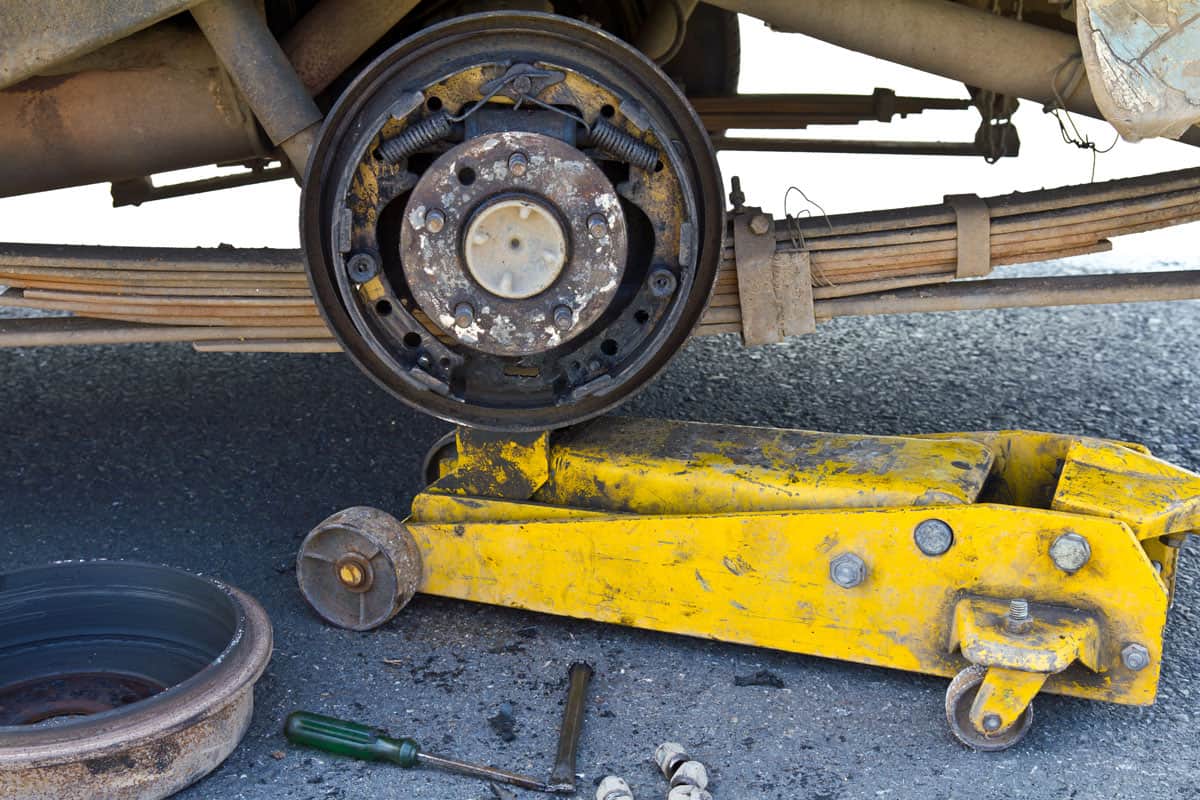
First, troubleshoot your truck to find the source of the binding issue. That way, you might be able to save money on professional automotive services, especially if you only need to turn off a certain feature.
So, continue reading this section to know the possible solutions to reduce or fix the binding problem you experience as you turn or reverse your truck:
Disengage The 4WD
Remember, you should only use the 4WD or 4x4 mode on your truck when driving on rough or uneven terrain. Use that setting if you’re using the vehicle to get across mud, snow, and off-road scenarios. It's not advisable to use this feature if you're only driving around the neighborhood or on the highway.
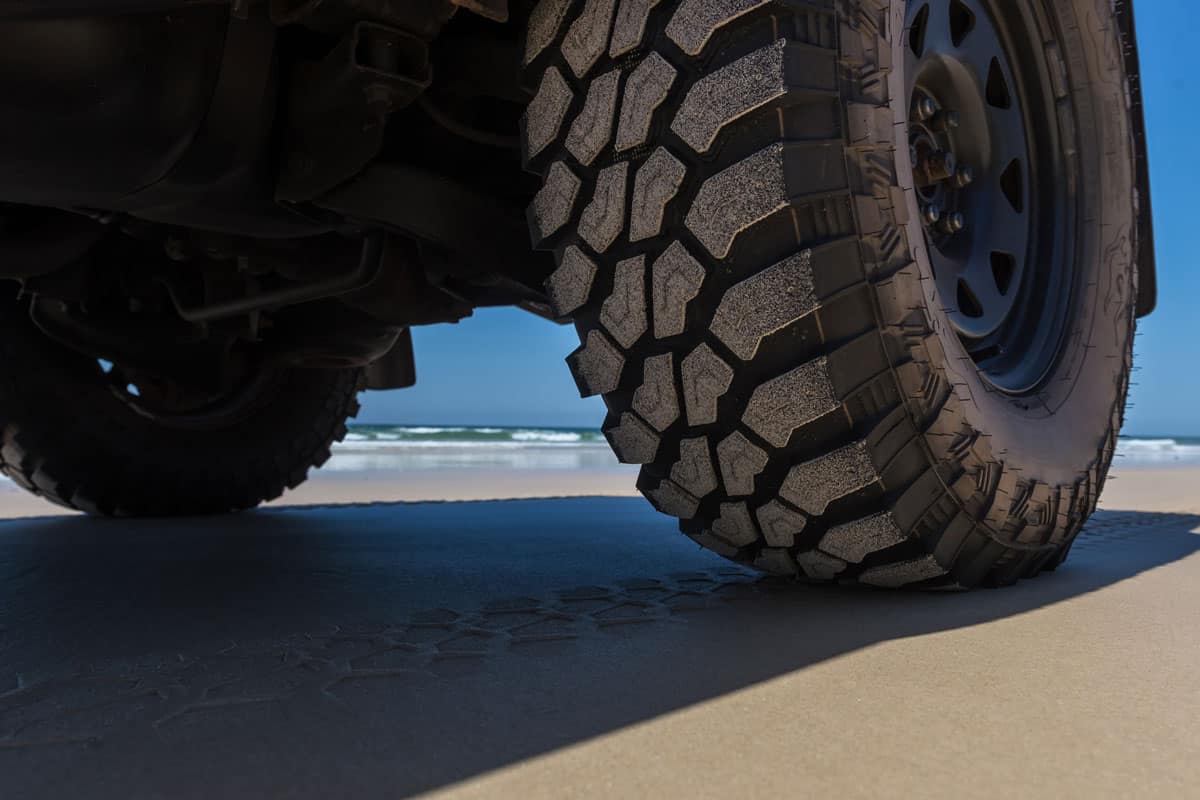
Also, the steps to engage and disengage the 4WD feature often vary depending on the truck's specific model. So it's best to check your owner's manual to know the right way to enable and disable this mode.
Still, here's a quick look at how to disengage the 4WD on a 2015 Toyota Tundra:
Step-by-Step Guide
- Set the truck’s gearshift to neutral.
- Turn the drive mode knob to the 2-wheel drive (2WD) position.
You can also watch the video below to learn how to engage the 4WD options on a 2015 Tundra:
Also, watch this video to learn more about the correct time to use the 4WD feature:
Turn The 4WD Vehicle Into A 2WD
Warning: This procedure will remove the 4WD or 4x4 mode on your truck. Only proceed with this task if you’re adamant about turning your truck into a 2-wheel-drive vehicle.
What You’ll Need
- Wheel chocks
- Socket wrench set
- Jack
- Hammer
Step-by-Step Guide
- Place wheel chocks next to the truck’s tires to prevent it from moving.
- Put the ignition key to the on position and set the truck’s gearshift and transfer case to neutral.
- Raise the location of the truck with the offending region with the jack.
- Spin the wheel to turn the shaft and expose its bolts.
- Go underneath the vehicle. Then, tighten the bolts to align the shaft.
- Lower the truck to ground level.
- Remove the bolts from the shaft.
- Raise the truck again with the jack and turn the wheel to expose the other set of bolts.
- Repeat steps 5 to 7 for the other set of bolts.
- Tap the shaft with a hammer to loosen it. Remove the shaft from its connection carefully once it’s loose enough.
- Remove the jack and take your truck for a test drive to check if the binding persists.
Despite turning your truck into a 2-wheel-drive vehicle, this procedure is reversible. So you can still return the drive shaft, especially if your main objective is to replace faulty U-joints.
Check out this U-joint kit on Amazon.
Watch the video below to look at this procedure from a visual perspective, along with additional insights that may help solve your truck’s binding issue:
What Can Cause Brake Binding?
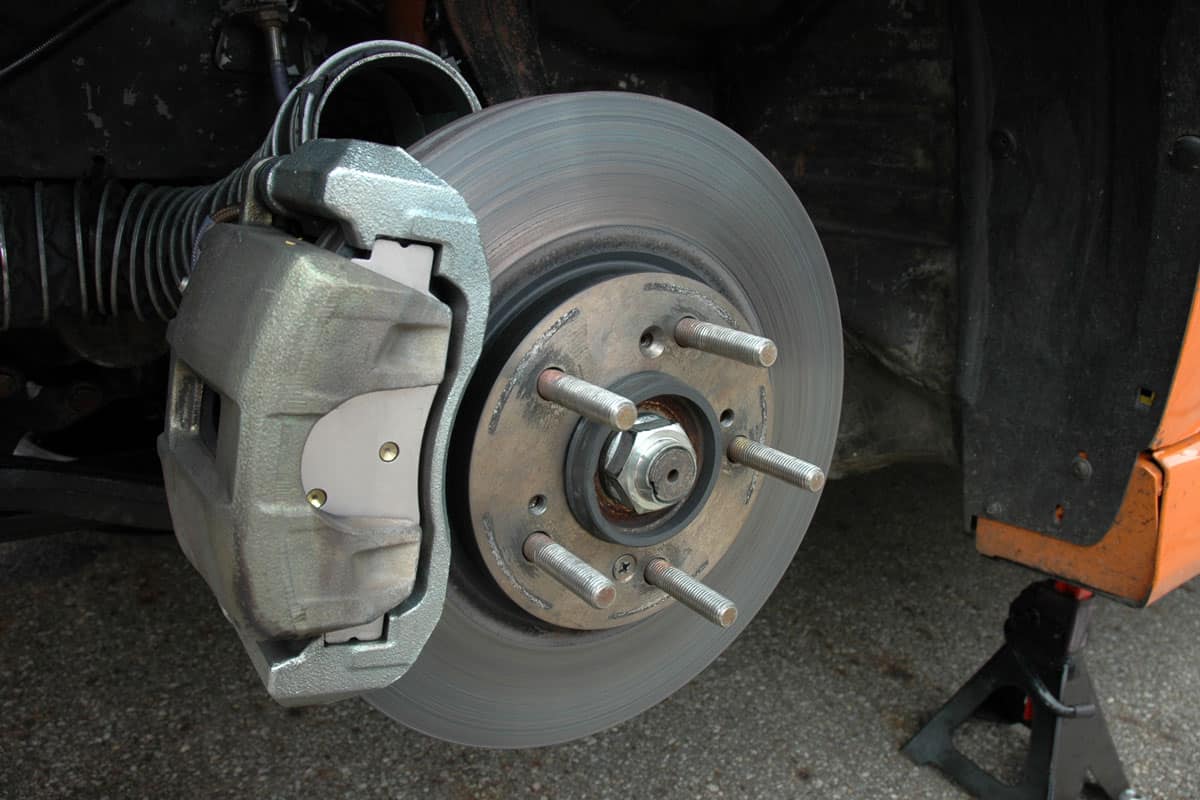
Aside from activating the 4WD mode, brake binding often occurs because of different reasons. As mentioned previously, these causes include faulty or misaligned U-joints. But the problem may also surface because of corrosion to the brake calipers.
How Much Does A Full Brake Job Cost On A Truck?
Prepare to spend about $150 to $300 to replace a truck’s brake pads. However, the costs may increase to about $250 to $400 if you're looking into replacing the brake rotors.
Take note that it’s possible to reduce costs if you handle the repairs or replacements using DIY techniques. But only proceed with those jobs if you have sufficient confidence, know-how, and skill in the automotive field.
What Are Most Expensive Truck Repairs?
Some of the costliest truck repairs are:
- Front wheels transfer case: About $2,000 or more
- Engine repair: Approximately $3,000 to $7,000
- Differential rebuild: About $1,000
- Transmission repairs: About $2,500
- Various diesel engine repairs and replacements: Approximately $10,000 for extensive work
Final Words
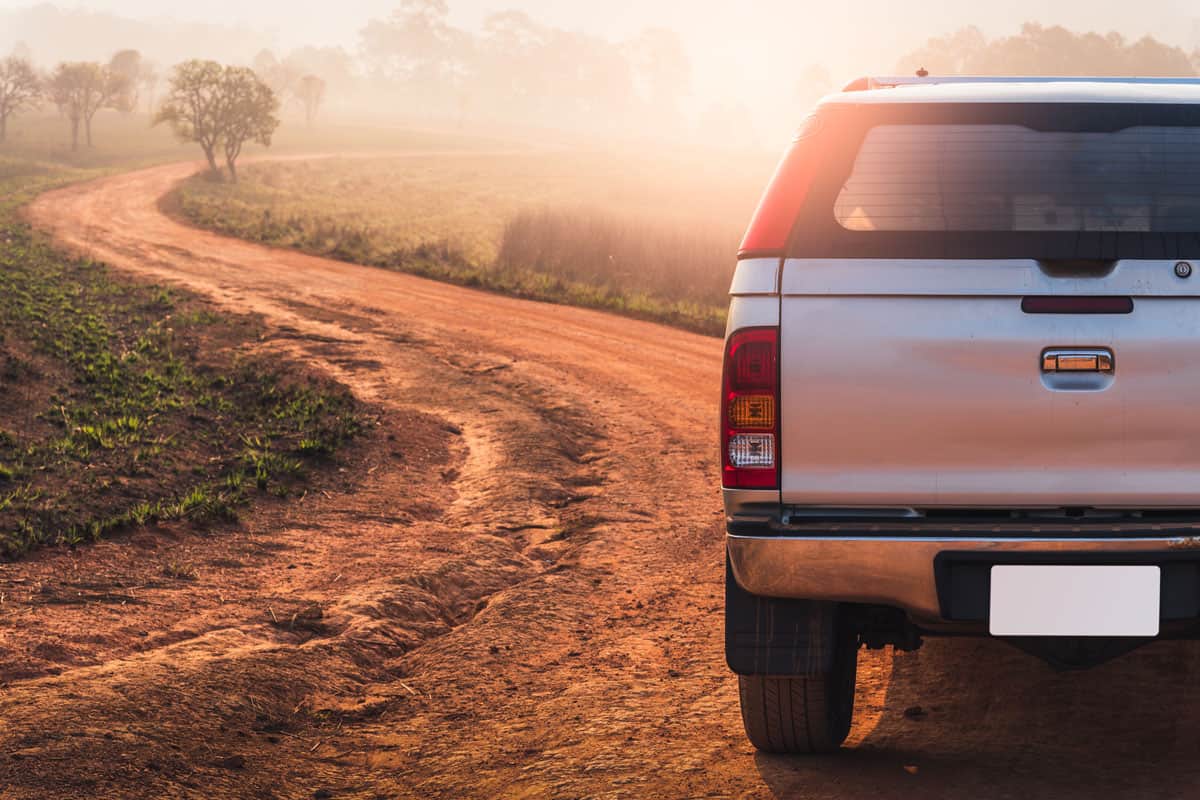
Remember, you might only need to disengage your truck’s 4WD mode so that its brakes won’t bind or stick. But if this feature is off, check the vehicle’s U-joints for issues. Then, you can use the appropriate measures to solve the binding problem. Otherwise, send your vehicle to seasoned automotive experts to help you complete the repairs.
Also, check out these other great reads if you’re looking for answers to other truck-related problems:
Honda Ridgeline Windows Opening By Themselves—Why And What To Do?
Abs And Traction Control Light On Toyota Tundra – Why And What To Do?


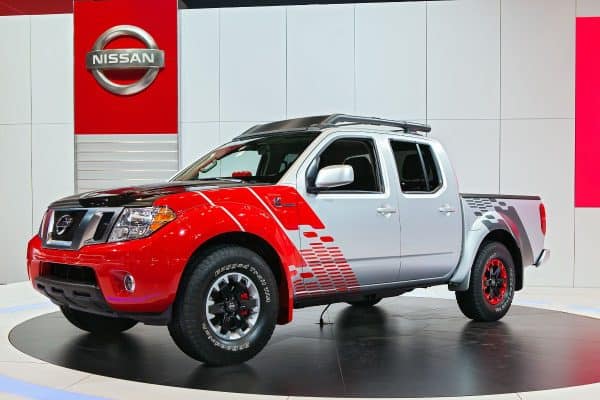
![Portrait of middle aged bearded truck driver standing by the truck and showing his commercial driver license. Focus on CDL license. Truck driving school and job openings, Do You Need A CDL To Drive A Box Truck [By State]](https://veasks.com/wp-content/uploads/2022/11/PORTRA1-600x400.jpg)
